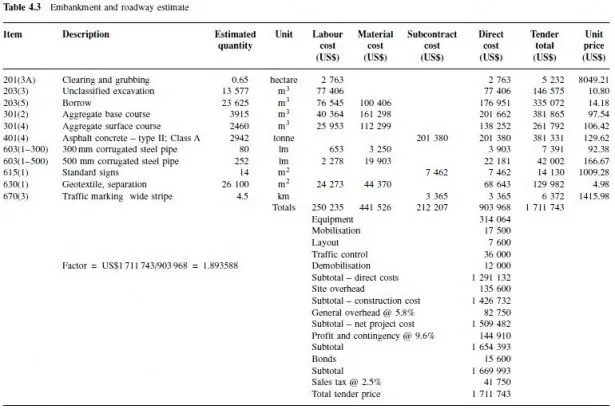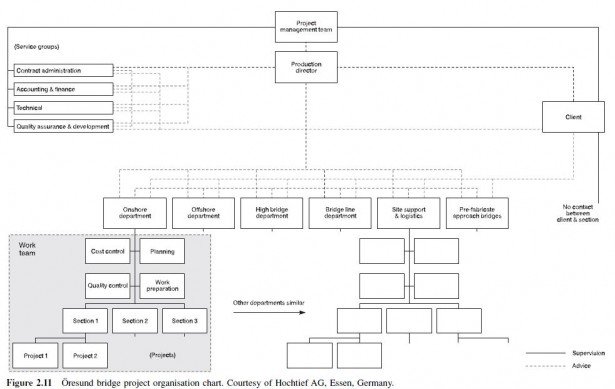The project is fully defined and made ready for contractor selection and deployment during the planning and design phase. It is convenient to divide this phase into three stages. The goal of the first stage is to define the projects objectives, consider alternative ways to attain those objectives and ascertain whether the project is financially feasible. In this process of planning and feasibility study, a project brief will be developed, more details will be set forth in a programme statement, various sites may be investigated, public input may be sought, a preliminary cost estimate will be prepared, funding sources will be identified and a final decision on whether to proceed with the project will be rendered.
In the second stage, the design professional will use the results of the planning efforts to develop schematic diagrams showing the relationships among the various project components, followed by detailed design of the structural, electrical and other systems. This latter activity is the classical hard core engineering familiar to students in the design professions, in which various engineering principles are used to estimate loads and other requirements, select materials, determine component sizes and configurations and assure that each element is proper in relation to other elements. The output from this design development effort is used in the final stage, wherein contract documents are prepared for use in contractor selection and installation work at the construction site. The design professional prepares not only the detailed construction drawings but also written contract conditions containing legal requirements, technical specifications stipulating the materials and the manner in which they shall be installed and a set of other documents related to the process of selecting the contractor and finalising the contract with the successful tenderer.

